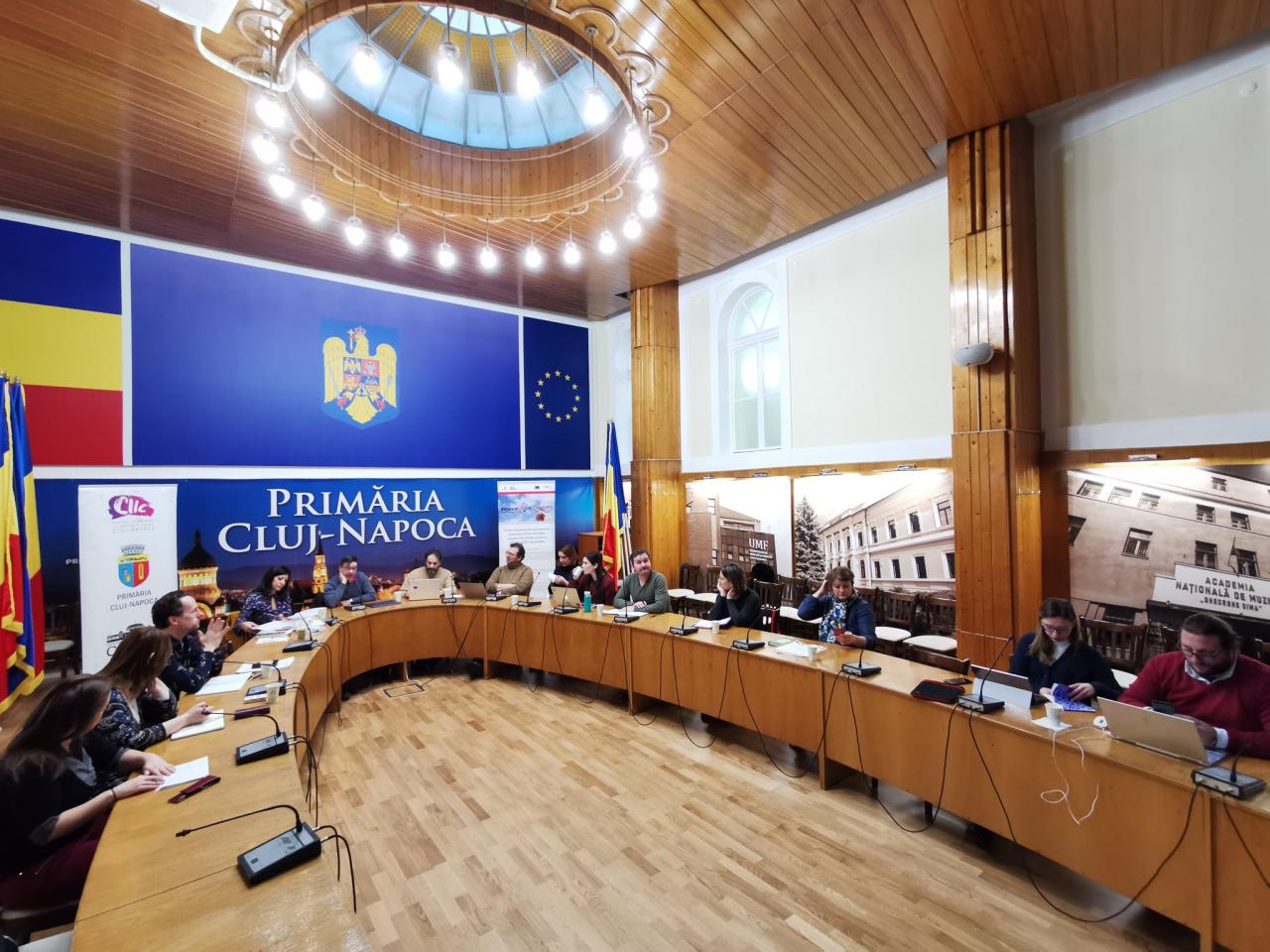
Sharing results on pilot tests was the main focus of the Cluj-Napoca meeting held on February 6th, 7th, 2020
ECOsystem not EGOsystem
The Cluj-Napoca transnational meeting, on February 6th, 7th, 2020, focused on sharing the results on pilot tests among city members. We're going to tell about the results of each city pilot tests in the next posts on the website.
Ovidiu Cimpean, director of Local development and coordinator of Civic Imagination and Innovation Center of the City of Cluj-Napoca, opened the meeting, in which pilot tests were reported by each city.
Cimpean introduced to the audience the sustainable mobility of Cluj-Napoca: “100% electric public transport by 2030. 100 millions euro invested in the public transport fleet”. In particular, he underlined the importance of the concept of ECOsystem not EGOsystems: “The municipality recognizes the ability of social actors to formulate and solve public problems”.
“How we tackle innovaton in Cluj-Napoca”
A practical example of this concept came from a local innovation ecosystem project, the Transilvania IT Cluster, presented by Andrei Martîniuc.
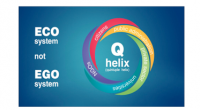
Transilvania IT Cluster was initiated in 2013 with the support of a group of local IT companies, City Hall and other organizations from Cluj-Napoca, in order to satisfy a set of needs of the emerging – at that time – IT industry in the region. “Today, we are proud to represent the biggest IT community in this region, with more than 110 members, with more than 7.700 employees and a total turnover over 330 millions of euro”, said Andrei Martîniuc.
“Since 2017, we initiated Transilvania Digital Innovation Hub as a main orchestrator and since then we are working hard on innovative and digitalization projects in the region within this entity. As Ovidiu Cimpean said, we trust the concept of ECOsystem not EGOsystem. We truly believe that working and building together with all the local stakeholders is the main key to grow sustainable. In most of our initiatives we are looking forward to involve our local partners: City Hall, North Transilvania Clusters Consortium, academia, large companies who has their own products and services, and local public entities. Since last year, our DIH was recognized as a fully operational hub and is actively involved in latest European initiatives on DIHs. We have an intense collaboration with other clusters from Cluj. A good example of working together with other clusters in the region, is the annual conference we organized for last five years with very successful matchmaking events and more than 1500 participants so far”.
Innovation, collaboration, digitalization, creation of synergies, supporting smart applications, ideas and projects, furniture manufacturing, creative industries and robotics are some of the main action points of the way of acting of Transilvania IT Cluster: “We provide know-how transfer, internalization, ecosystem building and incubator to accelerate and support our clients”, said Andrei Martîniuc in the conclusion of his presentation.
Why do we need change in public institutions?
In the second day of the meeting, participants were engaged in an innovative exercise on how to approach change. “Why do we need change in public institutions?”
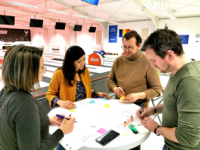
Mihai Pop, Head of Operations, and Alexandru Roja, Head of Innovation and Digital Transformation, both of Transilvania IT, pointed out some of the possible answers to this question:
- To tackle innovative changes outside organization
- To be proactive
- To be connected with institutional strategy
- To innovate
- To engage and to make synergies
- To be aligned with the citizen needs
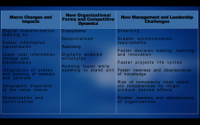
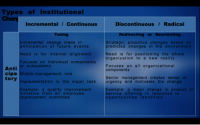
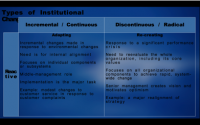
Alexandru Roja presented six different models of organizational change.
The Lewin model: simply communicating the overall change process to participants.
The Kotter model: provides a detailed map of the change process in terms of what each step needs to achieve, which is very useful for planning and implementation.
The Gentile model: provides individual level guidance for pushing back and responding skillfully and effectively to people and situations that contradicts a person values. It could be a systemic change.
The Duck model: offers guidance for people and emotional issues within a step framework of change.
The Beckhard and Harris model: provides an action-oriented overview that indicates the sets of activities that should be completed within the steps of Kotter model.
The Change Path Model: maps sets of activities within a systems-level view.
He focused on the eight step of change of the Kotter model:
- Establish a sense of urgency
- Create a guiding coalition
- Develop a vision and strategy
- Communicate the change vision
- Empower employees for broad-based action
- Generate short-term wins
- Consolidate gains and produce more change
- Anchor new approaches in the institutional culture
Roja: “The 'Organizational Culture for Change' has to be involved in personal accountability, collaboration, mutual respect, transparency of decision making, high productivity, resilience, experimentation. Seeing mistakes as an opportunity to learn, risk-taking within limits, trust, teamwork, continuous improvement, empowerment, engaged externally, empowerment and proactive”.
How can we implement the change process in institution to make it available for innovation? Which are the roles in the change process?, asked Mr. Roja.
“We have Change leaders or change agents, who lead the change. He/she may play the role of the initiator, implementer or facilitator as the formal change leader. Furthermore we have Change initiators, who identifies the needs and vision for change and champions the change. At a third level, we find Change implementers, who are responsible for the change to happen, charting the path forward, and offering support. Furthermore, Change facilitators, who assist initiators and implementers with the change-management process, alleviate resistance and provide guidance. Last but not least, the Change recipients are affected by the change and have to modify their behaviors to ensure that the change is effective”, concluded Alexandru Roja.
Next steps to Porto Meeting
“All city members have to work hard in next months to get to the meeting in Porto with some results. And all together should be able to talk about accomplished results of this project”, said Fabio Sgaragli, Lead Expert of Innovato-R. “Innovato-R is a tool, but it does not work without the criterium of 'Open Innovation.' Through this model we can drive public servants to create innovation – underlined Fabrizio Barbiero, Innovator Manager of the City of Torino – We cannot leave aside the commitment with City Mayors and Top management, because Innovato-R is not only a project but it is a real and very important 'Political change'”. “We are facing a revolutionary transnational project – commented Pietro Elisei, Urbact Lead Expert – Innovato-R changes the approach from a hierarchical system to a networking system”. According to Prof. Elisei, cities have to focus on three points to get ready to the Porto Meeting:
- a review of the transfer plan considering the pilot test;
- a first draft of the learning log; and
- capture learning points, such as vox pop, transfer, diaries, etc... on individual, institutional and international level.
